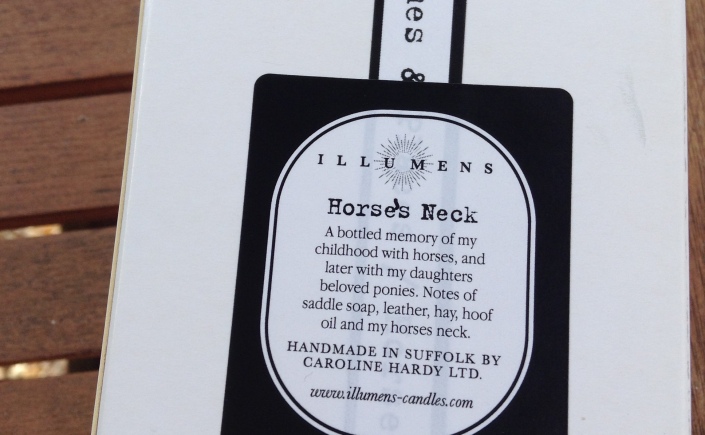 There’s a thing about living in a small country village; at first the surrounding fields are idyllic, but at certain times of the year one finds them a little pungent. I’ve been living in the middle of prime Northamptonshire countryside for the last six months, and some mornings it’s better not to open the window. Manure is good for the crops, but doesn’t go with one’s morning porridge.
There’s a thing about living in a small country village; at first the surrounding fields are idyllic, but at certain times of the year one finds them a little pungent. I’ve been living in the middle of prime Northamptonshire countryside for the last six months, and some mornings it’s better not to open the window. Manure is good for the crops, but doesn’t go with one’s morning porridge.
(Okay, I’ll admit, I’m putting on airs and graces for comedy value. In actual fact, I spent all my childhood summers on the Finnish countryside, and much of that time at a farmhouse near our summer cottage, making hay, mucking out stables, learning how to milk a cow, and collecting eggs from what would now be called ‘free range’ chickens. Country smells don’t bother me in the least, and, in fact, I’ve recently developed quite an interest in animalic fragrance materials, much to the horror of my colleagues who find my reaction to sniffing ‘barnyard smells’, as they call them, a source of endless mirth).
When Illumens Candles sent me this intriguingly-named candle to review, I was very curious. Would it smell of a stable, manure and all? Would it smell of skin rather than leather?
I was partly right – my first impression was not so much of a horse’s neck as a ‘stable with leather saddles and tar on the walls’. The cade (tar; leather) note is quite strong (perhaps even a tad overpowering), so I would suggest this is a good one to burn in a large room.
The leather and tar hide many softer aspects of the scent which unfold as you burn the candle.
 Our horse grazed free that day, and found its way to a nice, mucky patch to roll around in…
Our horse grazed free that day, and found its way to a nice, mucky patch to roll around in…
 Then he romped through a hedge and the farmhouse herb garden…
Then he romped through a hedge and the farmhouse herb garden…
 …and the scent we’re left with is a tarry, leathery, warm, barnyard-y concoction with hints of tarragon.
…and the scent we’re left with is a tarry, leathery, warm, barnyard-y concoction with hints of tarragon.
I absolutely adore it. I know many other people who would.
It would make a great present for equestrian friends; a corporate gift from eventing companies, and create an interesting ambience in, say, a large barn which had been converted to selling equestrian equipment and clothing.
The hardest thing about unusual room fragrances is that even if we like a slightly off-the-wall scent, thinking of situations in which we’d want our home to smell like that can be a little bit tricky. I know just the setting for this. Once we’ve moved to our bigger place at the end of the month, we will have a study/library – this scent belongs there.
My only complaint comes from the Inner Pedant (I tried to shut her up for this review, but couldn’t).


 The lack of an apostrophe in Horse’s Neck was causing me distress, so I fixed it.
The lack of an apostrophe in Horse’s Neck was causing me distress, so I fixed it.
Horse’s Neck is part of Illumens Candles ‘Times and Places’ collection which includes other intriguing scents such as Gentleman’s Shed and Poodle Coiffure. I could totally see these at a quirky perfumery, or a design-led interiors shop.
Horse’s Neck costs £20 and is available directly from the Illumens shop.
Horse’s Neck product shot via Illumens. Product shots on table; blogger’s own. Other photos via MorgueFile.























